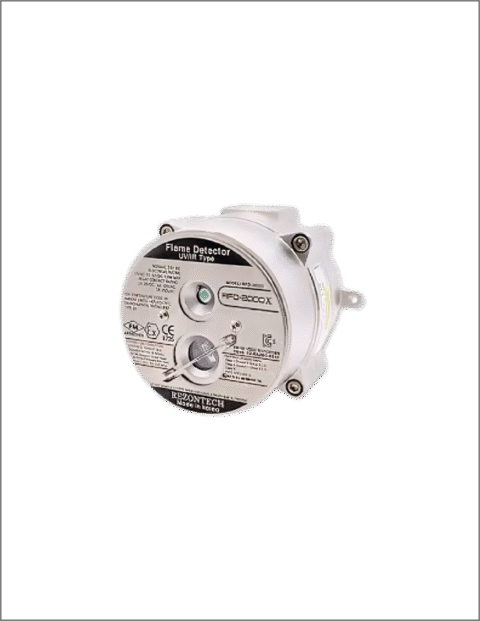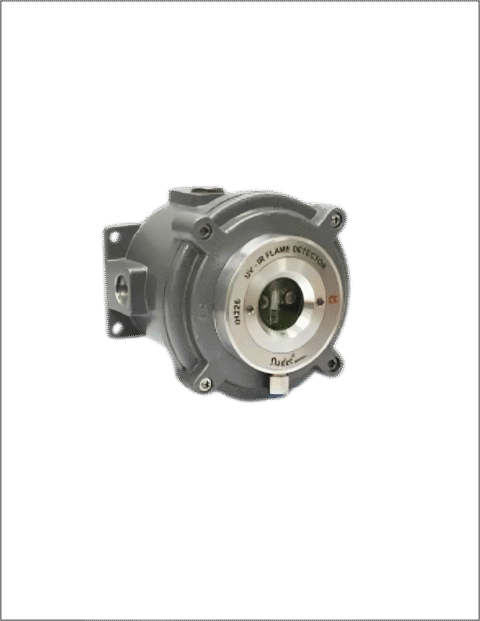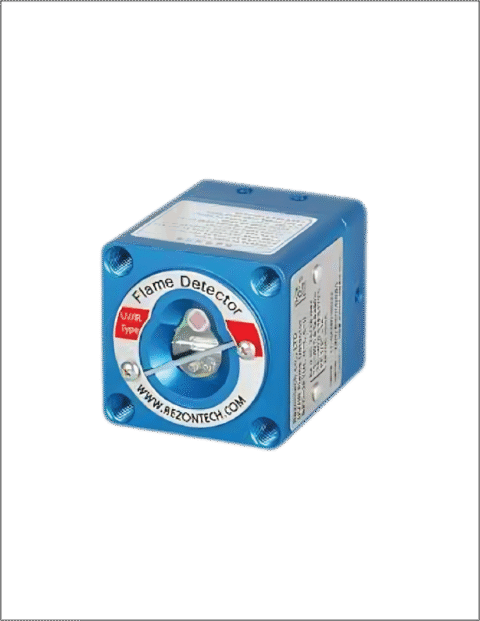Evolution and Drawbacks of Industrial Safety Lamps
In our previous article, “History of Explosion-Proof Lights – Part I,” we explored the evolution of safety lamps throughout the 19th century, from Davy’s Lamp to Clanny’s lamp, and beyond. However, these safety lamps had several drawbacks as below:
- The ignition of a gas and hydrocarbon mixture seemed to pass through the metal canvas, with a rapid flow of air causing the lamp’s flame to redden the mesh or even pass through it.
- Minimal vibrations could lead to deformation or tearing of the mesh, rendering the light ineffective.
- The metal mesh, when in contact with the tank, quickly accumulated lubrication and fuel dust, forming an internal slurry that posed a risk of ignition from the outside.
Muesler Lamp
As mentioned earlier, Davy’s Lamp had its share of drawbacks, but these were addressed by Mathieu-Louis Mueseler, who introduced an improved design in 1842. The Mueseler lamp boasted several advantages:
- It could quickly extinguish a large amount of explosive gas, even pure hydrogen.
- Designed for optimal illumination, it could be placed away from workers without the need for tools, making it ideal for passages with strong air currents.
- The wire mesh, separated from the tank, didn’t penetrate into the oil and only adhered to dry dust, which could be easily removed.
- Featuring two wire screens, one horizontal and the other vertical, ensured that if one broke, the other remained intact.
- Its combustion, activated from top to bottom by airflow, provided a crucial advantage over popular safety lamps, which tended to abruptly switch off in the presence of enough hydrocarbons in the air to support an explosive mixture.
In 1864, the Belgian government legalized its use, and it gained adoption in French and British mines. However, some shortcomings persisted, notably the need to exit the well and relight if accidentally extinguished.
Origin of Electrical Lamp in Mining Industry
In the 1890s, a notable shift occurred as paraffin replaced oil, and electronic ignition systems started making their debut. A pivotal moment in lighting technology came in 1862 when Mr. Dumas and Mr. Benoit at the Paris Academy of Sciences invented the first portable electric lamp powered by batteries.
Fast forward to 1884, Theophilus Cad, an Englishman from Morin Gate, England, made a significant contribution by inventing an electric lamp with a switch, housed in what is recognized as the earliest electrically isolated enclosure.
The introduction of electricity into coal mines, while revolutionary, revealed a new danger. It was discovered that fixed electrical equipment, including lighting, signals, or motors, could lead to fatal explosions. The wake-up call was the tragic 1913 explosion at the Senghenydd coal mine in England, claiming the lives of 439 miners. The explosion was suspected to be caused by sparks from exposed wires used in the alarm system. In response to this disaster, miners demanded the removal of electrical equipment from mines.
This demand spurred the development of “explosion-proof” electrical equipment, designed to confine inevitable sparks within protective layers, preventing the ignition of surrounding gases. This marked a crucial milestone in enhancing safety measures within hazardous environments.
Regulatory framework
The discussion of hazardous (classified) locations made its initial appearance in 1923 with the inclusion in the US National Electrical Code (NEC). Meanwhile, in Europe, the inaugural German standard, “Protection of electrical installations in hazardous areas,” was issued in 1935. This standard provided essential guidelines for installing electrical equipment in environments with potential hazards.
The landscape evolved significantly in the 1960s with the establishment of the European Union (EU) and the inception of CENELEC to streamline technical specifications. The year 1972 witnessed the publication of a new set of European standards (EN50014 – EN50020) detailing equipment for deployment in explosive atmospheres. The journey continued in 1975 with the release of the first EU directive governing equipment used in hazardous areas, known as the “Ex Protection Directive.”
Simultaneously, nations globally crafted their explosion-proof standards for electrical appliances. These standards laid the foundation for contemporary explosion-proof equipment and continue to serve as the threshold for entry into the explosion-proof lamp industry.




